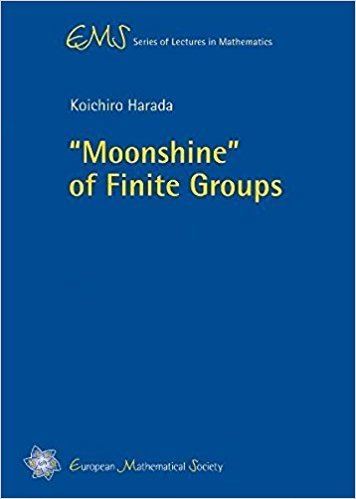Name Koichiro Harada | Role Mathematician | |
 | ||
Meet the pros violinist koichiro harada vc 20 questions interview
Koichiro Harada (born 1941) is a Japanese mathematician working on finite group theory.
Contents
- Meet the pros violinist koichiro harada vc 20 questions interview
- Q16 VnVcInterview of Koichiro Harada Sadao Harada
- Publications
- References
The Institute for Advanced Study was Harada's first position in the USA in 1968. He graduated from University of Tokyo in 1972. Rutgers University was the scene from 1969 to 73 of his collaboration with Daniel Gorenstein on the classification challenge in finite groups. In 1971 he first taught at Ohio State University, and in 1973 he was a visitor at Cambridge University where the Harada-Norton group was discovered.
The Gorenstein–Harada theorem classifies finite simple groups of sectional 2-rank at most 4.
In 1996 Ohio State held a Special Research Quarter on the Monster group and Lie algebras with Proceedings edited by Joseph Ferrar and Harada.
In 2000 Mathematical Society of Japan awarded Harada the Algebra Prize.
After the classification of finite simple groups was announced, Harada proposed the following challenges to group theorists:
- Find natural mathematical objects realizing all simple groups as their automorphism groups.
- Prove that there are only finitely many sporadic simple groups.
- Find the reason why the 26 sporadic simple groups exist.
- Find a generalization of the Glauberman Z* theorem.
- Find an arithmetic to give the Schur multipliers of finite simple groups.
- Complete the theory of modular representations.
- Classify the 2-groups that can be the Sylow 2-subgroups of finite simple groups.
- Look for a completely new proof of the classification.
- Classify finite simple groups having a strongly p-embedded subgroup.
- Solve problems around the restricted Burnside problem.
